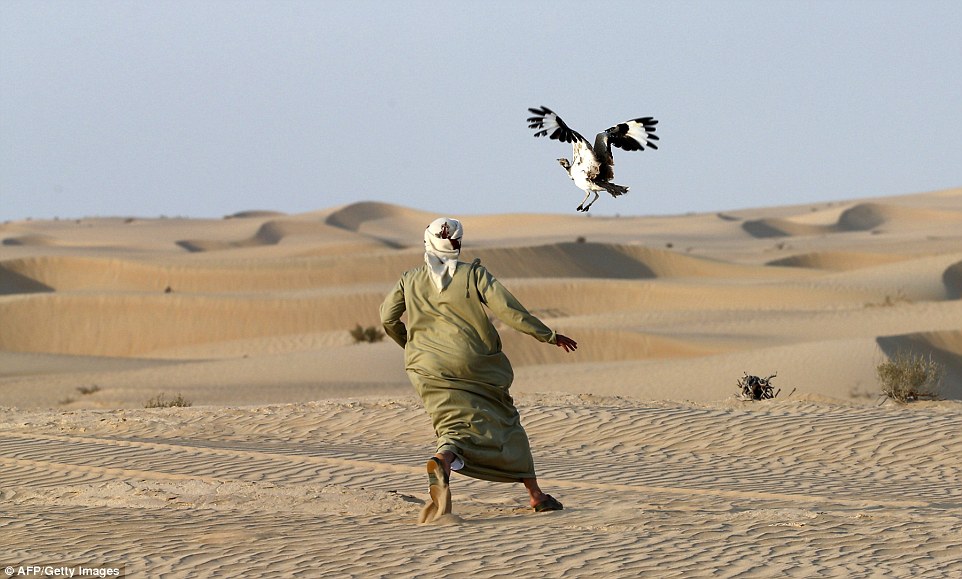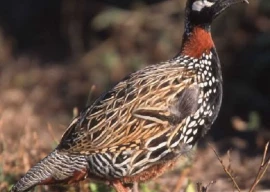
With the arrival of migratory birds from Siberia, authorities concerned have swung into action to ensure that the winged migrants receive a warm welcome.
The seasonal guests have started descending on various natural habitats of the Rawalpindi Division.
In this regard, Forest, Wildlife and Fisheries Department Secretary Shahid Zaman paid a detailed visit to the Indus River and Ghazi Barotha Lake junction in Attock district to review safety measures and long-term stay efforts.
The area is one of the largest habitats and shelters for visiting waterfowl. These seasonal visitors make a temporary stay here for three months from November to the end of January every year.
The top official imposed an immediate ban on hunting all the aquatic birds migrating to Pakistan to escape the harsh winters of Siberia and adjacent colder regions. He issued instructions to arrest the hunters and deal with them with an iron fist.
The protected habitats of these guest birds in Rawalpindi Division are Chakwal Dharabi Lake, Rawal Dam, Simly Dam, Ayub Park Lake and Mangala Dam. To tighten the security around these natural habitats, carrying hunting gear in these areas has also been banned.
The official said that a project has been conceived to create a permanent habitat for the beautiful guests in these areas. He said special wetlands will be created for their breeding.
For that purpose, special fish ponds will be made within the lakes and dams that will provide food for these migratory birds, he added.
“Plants and grass in the areas will ensure a safe habitat for the waterfowl, where they could also lay eggs. If wetlands and food are arranged naturally, these aquatic birds can stay here permanently,” he said.
To ensure the safety of these birds, hunting of native waterfowl and fish has also been prohibited in these lakes and dams, he said.
The secretary also issued directives to various officials concerned and wildlife deputy director Arifa Batool to ensure strict measures in this regard. He ordered declaring the boundaries of the areas to ensure foolproof protection of the winged migrants.
On the other hand, the arrival of these guest birds has added to the scenic beauty of the host areas. The beautiful migrants can be spotted perched on trees, bushes, and aquatic plants in and around these lakes and dams.
A plethora of bird sounds has increased the beauty of these areas as well, which locals and tourists adore alike. Flocks of all-white and grey aquatic birds are best seen in the early mornings and at the sunsets.
According to the wildlife department, the visiting birds would start returning in February and complete their return to their native areas by the beginning of March.
However, by creating wetlands and arranging food, their stay period will be extended, they said.
Published in The Express Tribune, November 11th, 2022.









1720030784-0/Smog-free-Lahore-(14)1720030784-0-270x192.webp)











COMMENTS
Comments are moderated and generally will be posted if they are on-topic and not abusive.
For more information, please see our Comments FAQ